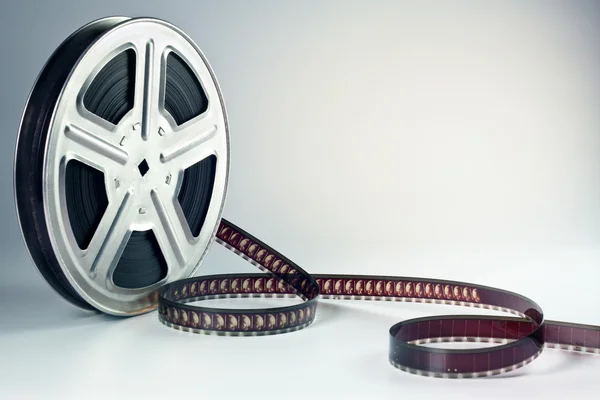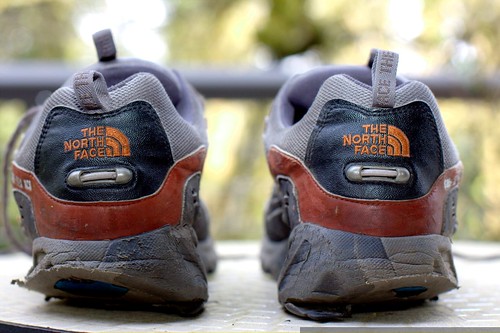Mouthpieces
Mouthpieces for clarinets and saxophones can be made out of MANY different materials.... plastic, various metals, ivory, porcelain, wood, and other materials. However, a considerably high percentage of mouthpieces of clarinets and saxophones that had "black" traditional mouthpieces.... had these mouthpieces made out of hard rubber (technically, ebonite).
Sometime in the late 1960s, many (most?) instrument manufacturers transitioned to making mouthpieces out of hard, rigid plastic. However, as stated above, a large percentage of mouthpieces from earlier than the late 1960s that were traditional black in color were made from hard rubber.
Ebonite mouthpieces are WONDERFUL beasts. Their true rubber nature allows them to have some wonderful properties... mainly that they have a small amount of "give" compared to the hard, rigid plastic mouthpieces more common today. This slight give is helpful as you typically have your upper incisors resting on the top portion of the ~1/3 of the tip region of the mouthpiece while playing.
The one quality about ebonite mouthpieces that is not so wonderful is that, being hard rubber, these mouthpieces will oxidize over time. The above illustration shows an oxidized (saxophone) mouthpiece on the left. Mouthpieces of the ebonite makeup typically acquires a brownish, green-grey patina.
This patina is not particularly attractive, especially on otherwise black and silver clarinets made from grenadilla wood. It is perhaps less of a distraction on saxophones, especially when many saxophones are brass colored.... but even then, many find the oxidized mouthpiece less aesthetically pleasing.
Well, in my clarinet family of instruments (soprano, alto, bass, contra-alto), I have a few rigid plastic mouthpieces, but several of my favored, ebonite mouthpieces. And, regretably, three of them are showing very high degrees of oxidation. One, for the alto clarinet in particular, is FAR more oxidized than even the mouthpiece on the left illustration above. It has a uniform color of a medium-light brown crayon. The other two are of similar hue to the illustration.
What to do?
Well, for many of us, the choice is to bathe the mouthpiece in mineral oil which will somewhat darken the color of the mouthpiece. But, this is a bit of a double-edged sword.... the darkness SOMEWHAT returns, but the mineral oil coats the mouthpiece with a slick, rather unpleasant layer, and when the mineral oil wears off, the oxidized color returns.
But, there is another route that is more productive.... the use of a buffing wheel and polish. In major cities like New York, Chicago, Los Angeles and the like, the bigger instrument manufacturers/retailers would have buffing wheels for this purpose, and in many moderate sized cities, instrument repair folks would also have buffing wheels for this purpose (and other repair purposes as well). However, in my region, the lone instrument repair shop does not have this service, but will, by mail (and a very hefty fee) send out mouthpieces for this sort of polishing. The process takes over a month, on average, however.
But.... there is another option I have known about for most of my life. Nicer, larger pipe shops (like Iwan Ries in Chicago) have buffing wheels BECAUSE on many pipes, especially older pipes, the STEM of the pipe is hard rubber (ebonite). You may remember from my journey to Iwan Ries, the fellow offered and did polish the stem of my pipe while I was visiting. It transformed from an oxidized brown to pristine black in minutes under his care and effort.
Well, hell, it must have been perhaps 9-10 years ago, I had taken one of my instrument mouthpieces to the delightful pipe shop that is roughly ~45 minutes from my home. While I was convivially smoking my pipe and looking at the various wares at this beautiful shop, I pulled out one of my mouthpieces and asked the fellow behind the counter if he THOUGHT the pipe buffing wheel could do anything to improved my poor looking, oxidized mouthpiece. He said he would give it a try, and within five minutes, the mouthpiece was again shinny black and absolutely beautiful. And, he didn't even charge me a nickle. I admit, though, I had already had on the counter a pipe and several pouches of pipe tobacco to purchase that day.
Now it is close to the end of 2023. And, I haven't been to this illustrious pipe shop in damn near six years.... and a hellacious pandemic has also occurred in this interim... so I have no idea if this pipe shop continues to have a buffing wheel and if they do whether or not they use it anymore to buff out pipe stems.... let alone if they would be willing to consider buffing out my mouthpieces.
But, I am considering taking a drive down there to see. I am thinking perhaps one of the days after Christmas and before the New Year MIGHT be an option for me to consider.
* * * * *
- Ran 10 long miles (~16km) yesterday. I had to get up extra early because of an appointment later in the morning.
- I ran what felt like a less arduous 10 miles (~16km) this morning, when I was able to sleep in a bit later.
- I did a bit of shopping this morning.
- I have fiddled around a bit with my rodents, to keep them up to snuff.
- Now that I have eaten (and written here), I am going to do a few small things with my nematodes and then head out.
PipeTobacco



:max_bytes(150000):strip_icc():format(webp)/close-up-of-a-horses-hoof-with-a-new-horse-shoe--705005173-5c2d627846e0fb0001052817.jpg)








